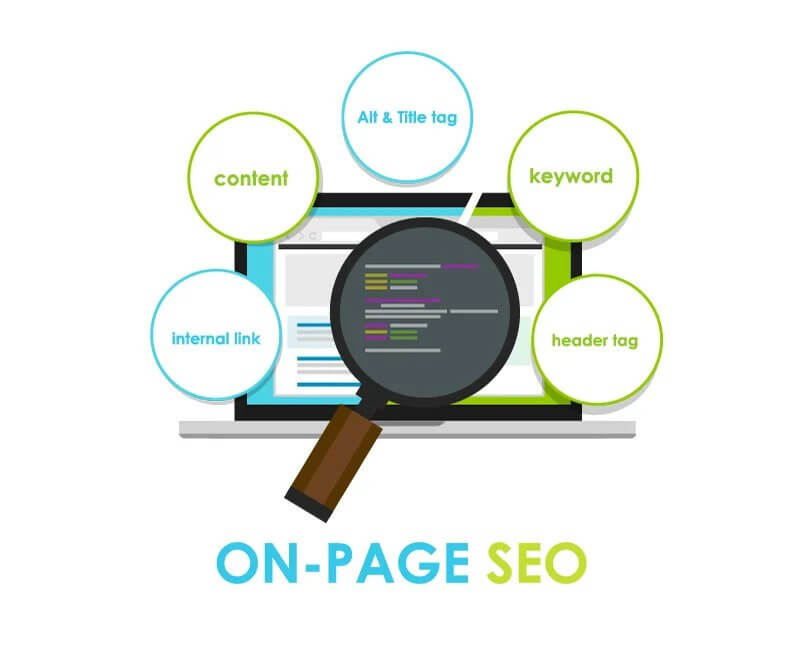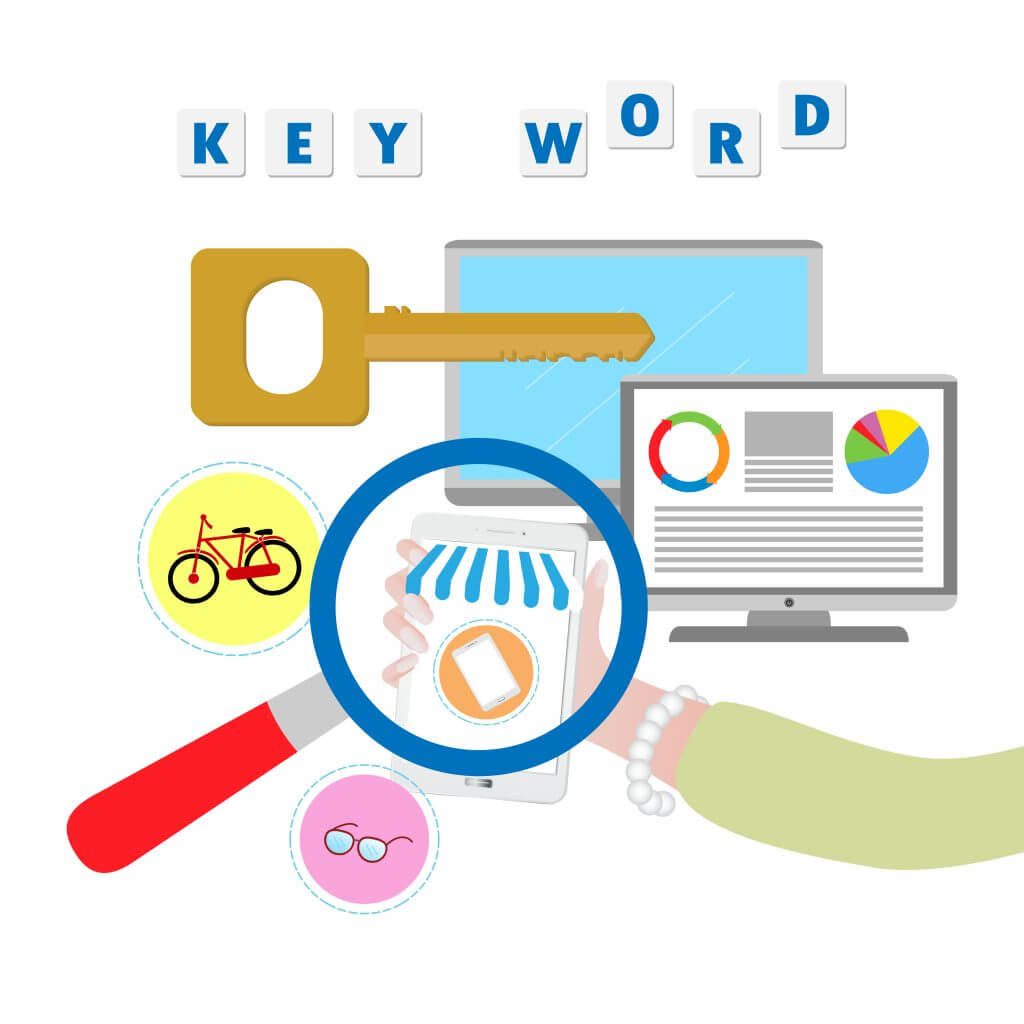10 Min Read

In today’s digital landscape, search engine optimization (SEO) has become an essential aspect of online marketing for businesses of all sizes. By optimizing their websites for search engines, businesses can increase their visibility and drive more organic traffic to their site, ultimately boosting their online presence and revenue. While there are many different aspects of SEO to consider, on-page SEO is a crucial component that should not be overlooked.
On-page SEO refers to the optimization of individual web pages on a website, including content, HTML source code, and images. By optimizing these elements, businesses can improve their search engine ranking and attract more organic traffic to their website. However, for small teams with limited resources, on-page SEO can be a challenging task. With so many different tactics to consider, it can be difficult to know where to start and how to make the most of limited resources.
That’s where this article comes in. In this guide, we will provide you with a comprehensive overview of on-page SEO and why it’s important for small teams to prioritize it in their marketing efforts. We’ll cover a range of tips and tricks that small teams can use to maximize their on-page SEO potential, including conducting keyword research, optimizing title tags and meta descriptions, creating high-quality content, optimizing images and videos, and implementing internal linking and site structure. By the end of this article, you’ll have a better understanding of on-page SEO and the tools and techniques needed to improve your website’s search engine ranking and attract more organic traffic.
So, let’s dive in and explore the world of on-page SEO and how small teams can make the most of this essential aspect of online marketing.
Conducting Keyword Research

Keyword research is a critical first step in optimizing your website for search engines. By identifying the keywords and phrases that your target audience is searching for, you can create content that resonates with their needs and interests. Here are some tips for conducting effective keyword research for on-page SEO:
Importance of keyword research for on-page SEO:
Keyword research is essential for on-page SEO because it helps you understand the terms and phrases that people use to find information related to your business. By understanding the keywords that your target audience is searching for, you can optimize your website’s content to match those search terms, improving your chances of appearing in search results and attracting organic traffic to your website.
Tools for keyword research:
There are many tools available to help with keyword research, ranging from free tools like Google Keyword Planner to paid tools like SEMrush and Ahrefs. These tools allow you to identify the most relevant and high-volume keywords for your business and provide valuable insights into how those keywords are being used in search results.
How to choose and prioritize keywords:
When choosing keywords, it’s important to consider both relevance and search volume. Look for keywords that are closely related to your business and align with your target audience’s interests and needs. Additionally, consider the search volume of each keyword and prioritize those that have a high search volume and low competition.
Tips for incorporating keywords into on-page content:
Once you’ve identified your target keywords, it’s important to incorporate them into your on-page content in a natural and effective way. Avoid “stuffing” keywords into your content, as this can negatively impact the user experience and harm your search engine ranking. Instead, look for opportunities to include keywords in strategic places, such as the page title, meta description, header tags, and body content.
By conducting effective keyword research and incorporating those keywords into your on-page content, you can improve your website’s search engine ranking and attract more organic traffic to your website.
Optimizing Title Tags and Meta Descriptions

Title tags and meta descriptions are two critical elements of on-page SEO that can have a significant impact on your website’s search engine ranking. Here are some tips for optimizing these elements:
Importance of title tags and meta descriptions for on-page SEO:
Title tags and meta descriptions are important for on-page SEO because they provide a brief summary of your page’s content to search engines and users. By optimizing these elements, you can improve your page’s relevance to search queries and attract more organic traffic to your website.
Best practices for crafting effective title tags and meta descriptions:
When crafting title tags and meta descriptions, it’s important to keep them concise, descriptive, and unique. Your title tag should be no more than 60 characters and should accurately describe the content of the page. Your meta description should be no more than 160 characters and should provide a compelling summary of the page’s content.
Tips for incorporating keywords into title tags and meta descriptions:
Incorporating keywords into your title tag and meta description can help improve your page’s relevance to search queries. However, it’s important to avoid keyword stuffing and to use keywords in a natural and effective way. Consider including your primary keyword in your title tag and meta description, but also focus on creating a compelling and informative summary of your page’s content.
Examples of effective title tags and meta descriptions:
1- Title tag: “10 Best SEO Tools for Small Businesses in 2023 | Blog – Small Business Trends”
- Meta description: “Discover the top 10 SEO tools for small businesses in 2023. Our experts have tested and reviewed the latest tools to help you improve your website’s search engine ranking.”
2- Title tag: “How to Optimize Your Website for Voice Search in 2023 | Blog – Search Engine Journal”
- Meta description: “Learn how to optimize your website for voice search in 2023. Our experts share the latest strategies and techniques to help you stay ahead of the curve in voice search optimization.”
By crafting effective title tags and meta descriptions that accurately describe your page’s content and incorporate relevant keywords, you can improve your website’s search engine ranking and attract more organic traffic to your website.
Creating High-Quality Content
Creating high-quality content is one of the most important aspects of on-page SEO. Search engines prioritize websites that offer valuable and informative content that resonates with readers. Here are some tips for creating high-quality content:
Importance of high-quality content for on-page SEO:
High-quality content is essential for on-page SEO because it attracts more organic traffic to your website, increases engagement and reduces bounce rate. Additionally, it can help establish your website as an authority in your industry, which can improve your search engine ranking over time.
Tips for creating content that resonates with readers and search engines:
To create content that resonates with both readers and search engines, it’s important to conduct keyword research and focus on topics that are relevant to your audience. Consider the user’s intent behind their search queries and create content that provides a solution or answer to their problem. Use headers, bullet points, and visuals to break up the content and make it easier to read.
Strategies for optimizing content for keywords and user intent:
To optimize your content for keywords and user intent, incorporate your primary and secondary keywords into your content in a natural way. Use variations of your keywords throughout your content, including in your headings and subheadings. Additionally, focus on answering common questions related to your topic to better align with user intent.
Best practices for formatting and organizing content for on-page SEO:
Formatting and organizing your content is crucial for on-page SEO. Use headings and subheadings to structure your content and make it easier to read. Break up long paragraphs into shorter sentences and use bullet points to highlight key information. Additionally, use internal linking to other relevant pages on your website to improve the user experience.
Optimizing Images and Videos
Optimizing images and videos on your website is another important aspect of on-page SEO. Here are some tips for optimizing your multimedia content:
Importance of optimizing images and videos for on-page SEO:
Optimizing images and videos can improve your website’s page load speed, which is a ranking factor for search engines. Additionally, optimizing your multimedia content can improve the accessibility of your website and provide a better user experience for your audience.
Tips for optimizing image and video file names, alt text, and captions:
When optimizing your images and videos, it’s important to give them descriptive file names that include your primary and secondary keywords. Use alt text to describe the content of the image or video for users who may not be able to see the multimedia content. Captions can also be used to provide additional context and information about the multimedia content.
Strategies for improving page load speed through image and video optimization:
To improve page load speed, compress your images and videos without sacrificing quality. Additionally, use lazy loading to defer loading of images and videos until the user scrolls to them on the page. By optimizing your multimedia content, you can improve your website’s page load speed and provide a better user experience for your audience.
Internal Linking and Site Structure
Internal linking and site structure are crucial components of on-page SEO. They help search engines better understand the content on your website and improve user engagement. Here are some tips for optimizing your internal linking and site structure:
Importance of internal linking and site structure for on-page SEO:
Internal linking and site structure play an important role in on-page SEO because they help search engines crawl and index your website more efficiently. A clear and organized site structure can also help users easily navigate your website and find the information they need.
Tips for creating a clear and organized site structure:
To create a clear and organized site structure, start by organizing your content into categories and subcategories. Use descriptive and user-friendly URLs that include your primary and secondary keywords. Additionally, use breadcrumb navigation to make it easier for users to understand where they are on your website.
Strategies for using internal links to boost page authority and user engagement:
Internal linking can help boost the authority of your pages and improve user engagement. When creating internal links, use descriptive anchor text that includes your primary and secondary keywords. Link to relevant and related content on your website to provide users with additional resources and information. Additionally, prioritize linking to high-authority pages on your website to help boost their rankings in search engines.
By optimizing your internal linking and site structure, you can improve your website’s crawlability, user engagement, and search engine ranking.
In conclusion, maximizing your on-page SEO potential is crucial for the success of your website. By implementing the tips and tricks discussed in this article, including conducting keyword research, optimizing title tags and meta descriptions, creating high-quality content, optimizing images and videos, and improving internal linking and site structure, you can improve your website’s visibility, user engagement, and search engine ranking.
As a digital agency, we highly recommend businesses to prioritize on-page SEO and implement the strategies discussed in this article. By optimizing your website’s on-page elements, you can improve your website’s performance, attract more traffic, and ultimately grow your business online.
So, don’t wait any longer! Take action today and start optimizing your website’s on-page SEO elements. With these tips and tricks, you can maximize your website’s potential and achieve long-term success in the digital world.



